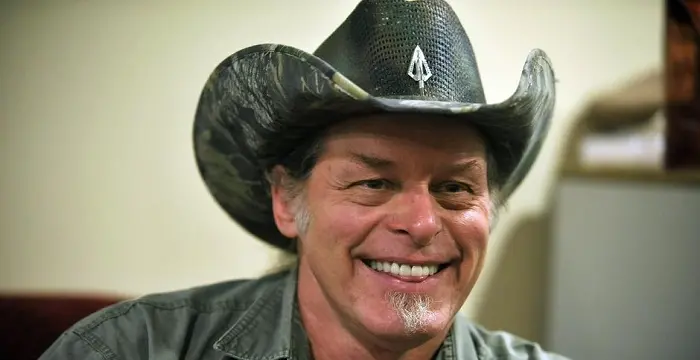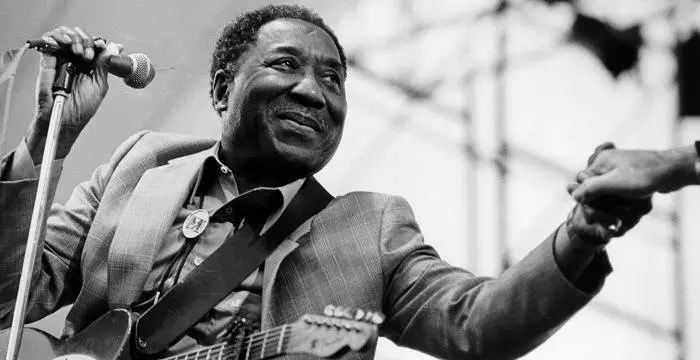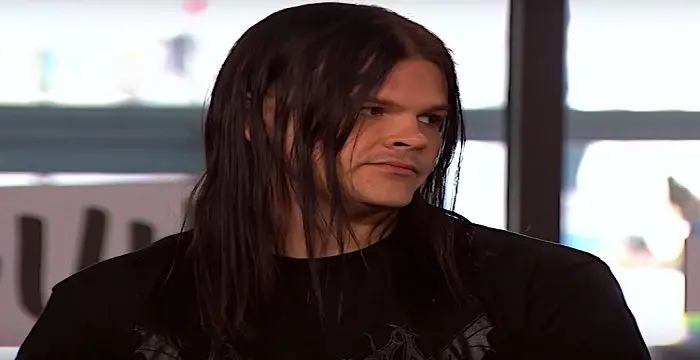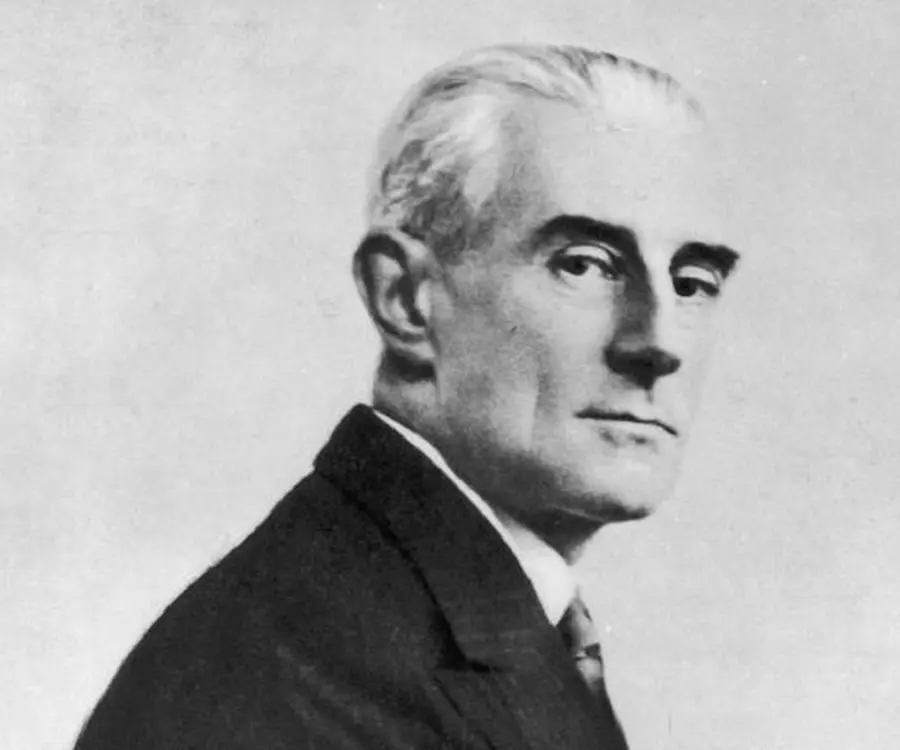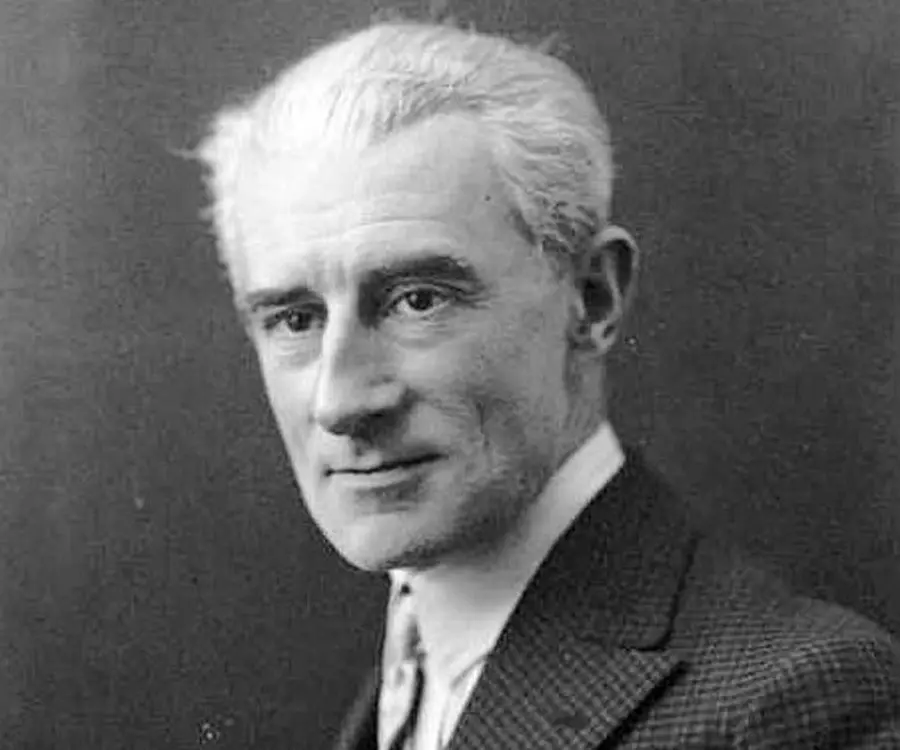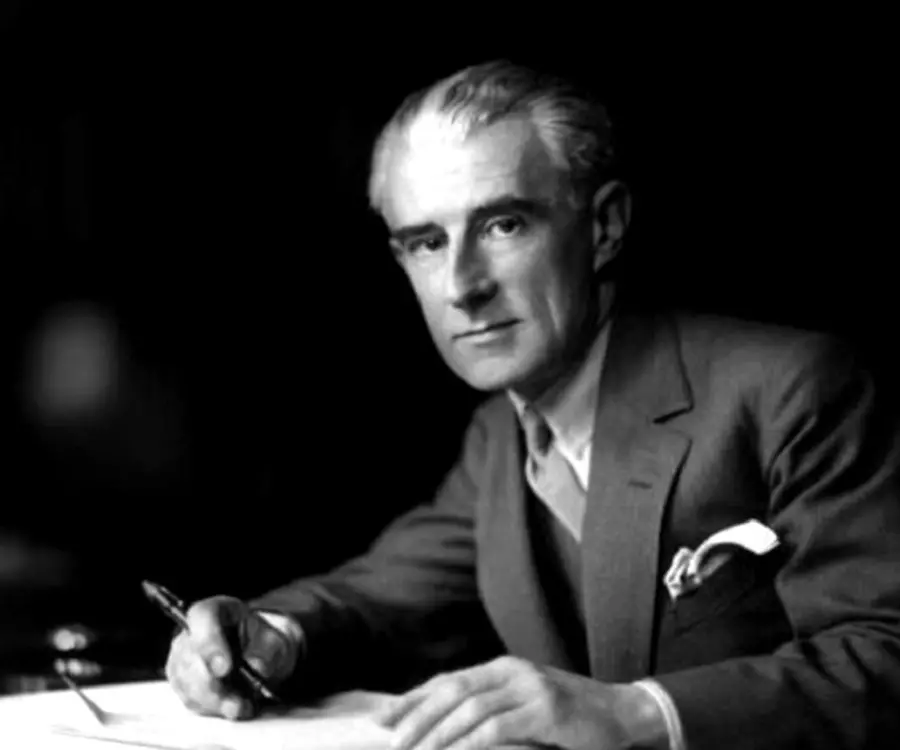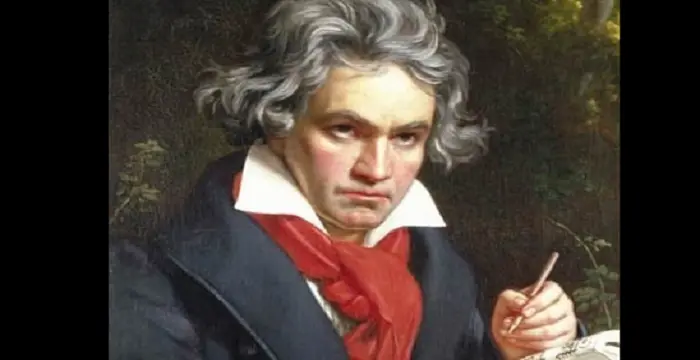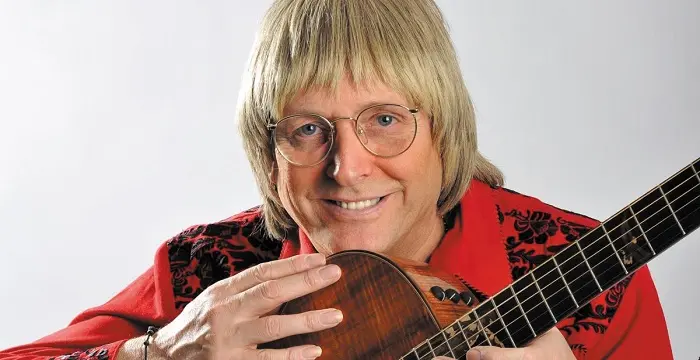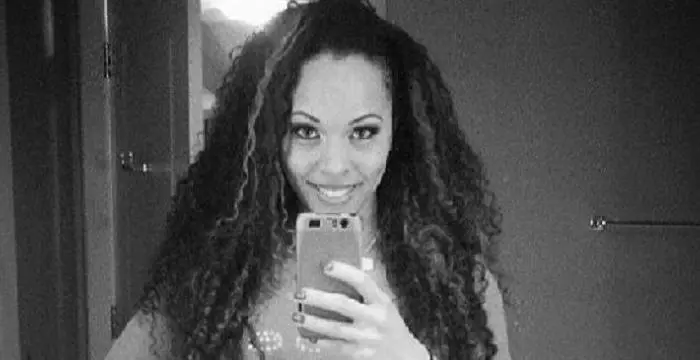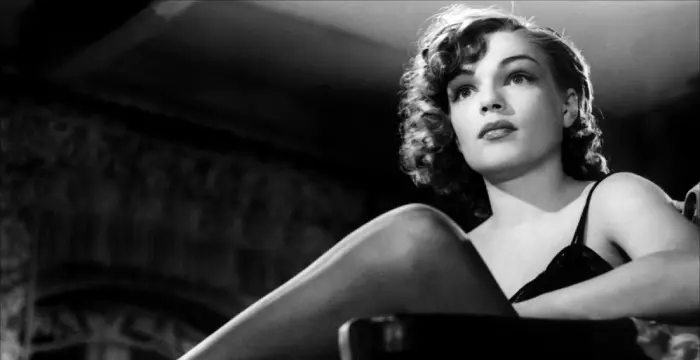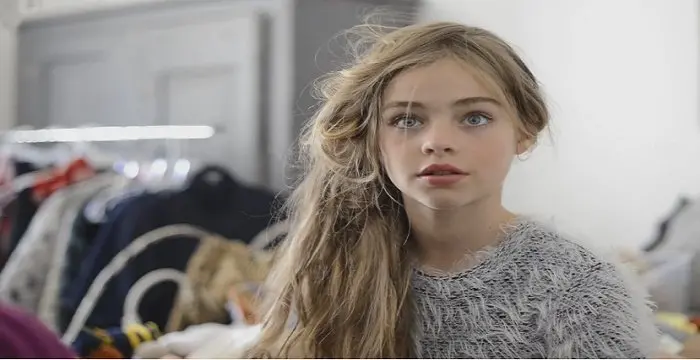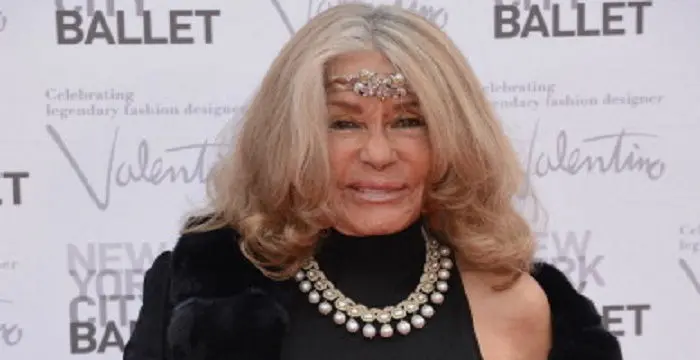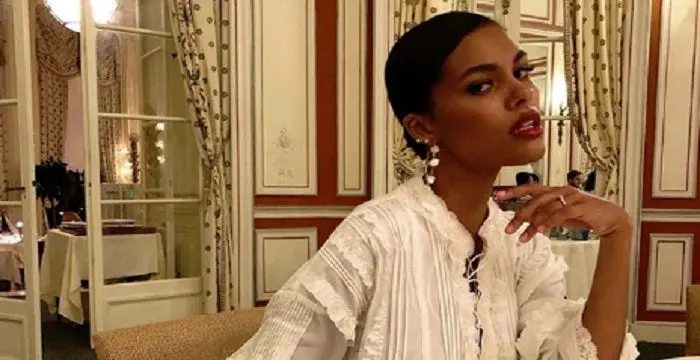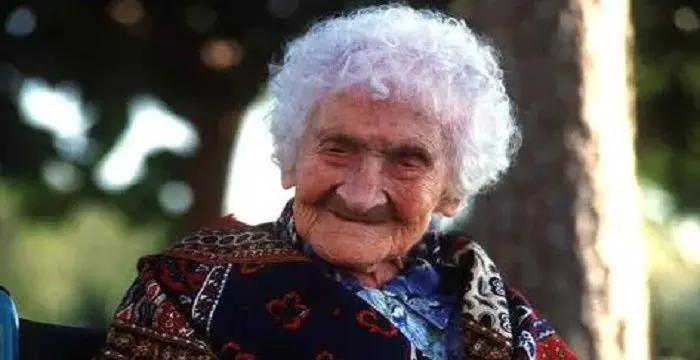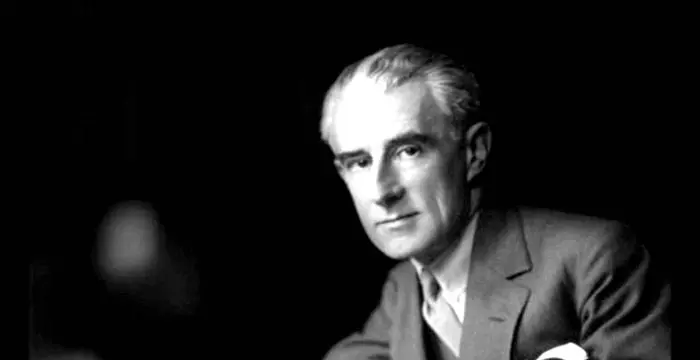
Maurice Ravel - Composers, Birthday and Life
Maurice Ravel's Personal Details
Maurice Ravel was a noted French composer of Swiss-Basque descent
| Information | Detail |
|---|---|
| Birthday | March 7, 1875 |
| Died on | December 28, 1937 |
| Nationality | French |
| Famous | Musicians, Composers |
| Siblings | Édouard Ravel |
| Universities |
|
| Birth Place | Ciboure, France |
| Gender | Male |
| Father | Joseph Ravel |
| Mother | Marie Delouart |
| Sun Sign | Pisces |
| Born in | Ciboure, France |
| Famous as | Composer |
| Died at Age | 62 |
// Famous Musicians
Ted Nugent
Ted Nugent is a hard rock musician known for his hits ‘Stranglehold’ and ‘Cat Scratch Fever’. This biography of Ted Nugent provides detailed information about his childhood, life, achievements, works & timeline.
Muddy Waters
Muddy Waters was a blues musician referred to as the 'father of modern Chicago blues.' Check out this biography to know about his childhood, family life, achievements and fun facts about him.
Travis Bacon
Travis Bacon is an American musician and actor, better known as the son of veteran actors Kevin Bacon and Kyra Sedgwick. Find more about his family, birthday, etc.
Maurice Ravel's photo
Who is Maurice Ravel?
Maurice Ravel was a noted French composer of Swiss-Basque descent. Born in the latter half of the nineteenth century in a small village near Saint-Jean-de-Luz in France he was brought up in Paris since he was three month old. It is possible that he never went to school for his formal education; but began his training in music at home at the age of seven, being enrolled at Conservatoire de Paris at fourteen. Unfortunately, most of the faculty members failed to discover his genius, with the Conservatoire director taking up a hostile attitude towards him. Consequently, he was not only expelled twice from the Conservatoire, but his entries for Prix de Rome were rejected five times, creating a furor among liberal musicians and musicologists. Nonetheless, he continued to write, very soon establishing himself as a major composer, earning international laurel by the time, he was in his early thirties. A slow but meticulous composer, he wrote less than most of his contemporaries, earning critical success with each of them. To take his work to the wider public, he also had several of his works recorded.
// Famous Composers
Ludwig van Beethoven
Ludwig Van Beethoven was one of the greatest composers the world has ever had. Check out this biography to know about his childhood, family life, and achievements.
Emina Jahović
Emina Jahović Sandal is a Serbian model, actress and singer-songwriter. Know more about her childhood, life, career, achievements and timeline in this biography.
John Denver
John Denver, a famous American singer-songwriter and activist, is remembered for songs like Take Me Home, Country Roads and Annie's Song. To know more about his childhood, career, profile and timeline read on
Childhood & Early Life
Maurice Ravel was born on 7 March 1875 in Ciboure, a small village on the river Nivelle in the Pyrenees region of France, close to its border with Spain. His father, Pierre-Joseph Ravel, was born in Switzerland. He was a successful engineer, inventor and manufacturer, who was equally passionate about music.
His mother, Marie, née Delouart, was Basque. Although she was barely literate she was a freethinker and imbibed in his son both Basque and Spanish culture. Ravel later recalled his mother singing Spanish folk songs to him.
Three months after his birth, the family moved to Paris, where his younger brother, Édouard, was born three years later. Since no record of his schooling has been found it is not known if Maurice entered any school for his formal education. .
Most biographers believe that his parents, on recognizing his talent early in his childhood, decided to allow him to pursue music, educating him at home. To supplement their bookish education, his father often took the two boys to different factories, teaching them about the latest discoveries in science.
When he was seven years old, Maurice Ravel started piano lessons with Henry Ghys. However, here too his parents played an active role. He had later recalled, ‘My father… knew how to develop my taste and to stimulate my enthusiasm at an early age.”
In 1887, he began studying harmony, counterpoint and composition with Charles-René. Charles-René found Ravel to be a highly musical boy, whose conception of music was natural. Ravel’s earliest known composition was written sometime during this period.
In 1888, Ravel befriended the young pianist Ricardo Viñes, who eventually became an important link between him and Spanish music. A friend for life, Viñes also became an important interpreter of Ravel’s works.
In 1889, Ravel started studying piano with Emile Decombes. In June, during the Paris World Exhibition, he took part in a formal concert arranged by Decombes. Aged fourteen, this was his first public performance.
In November 1889, he passed the entrance examination at the Conservatoire de Paris, playing music by Chopin, to enter the preparatory piano class run by Eugène Anthiome. Except for a short break in mid 1890s, he remained with the institution for the next fourteen years.
Conservatoire Years
Initially, Maurice Ravel did not enjoy working at the piano; but bribed by his mother, he practiced enough to earn the ‘premier prix’ (first prize) in 1891 and with that he moved from preparatory to advance level, attending the class of Charles-Wilfrid de Bériot. Concurrently, he studied harmony with Émile Pessard.
Encouraged by Bériot, he made spectacular improvement, composing ‘Sérénade grotesque’, for piano, and ‘Ballade de la Reine morte d'aimer’ on a poem by Rolande de Marès in 1893. These are two of his earliest works to survive in full.
Like most geniuses, Ravel had an independent mind, learning on his own terms, something that was not appreciated by the faculty members. He therefore, failed to earn any other prize, leading to his expulsion from the Conservatoire in 1885.
By now, he had realized that he would not make a great pianist and therefore concentrated on composition, publishing ‘Menuet Antique’ in 1895. It was his first published work. Later in the same year, he wrote ‘Habanera’, a Spanish-themed work for two pianos with Viñes.
In 1897, Ravel was readmitted to the Conservatoire, studying composition with Gabriel Fauré. Fauré not only understood him, but also yielded considerable influence on his development as a composer. Concurrently, Ravel also took private lessons in counterpoint with André Gedalge.
Ravel continued to flourish under Fauré, gaining in maturity, writing substantial works including ‘Shéhérazade’ (1898) and ‘Pavane pour une infante défunte’ (1899). Also in May 1899, he conducted the first performance of the Shéhérazade overture at the Societe Nationale de Musique.
Unfortunately, the Conservatoire Director, Théodore Dubois, disliked Ravel as much for his music as for his political outlook, using every weapon against him. In 1900, Ravel was expelled once again from the Conservatoire for not winning any prize. But as a former student, he was allowed to attend Fauré’s class.
Also, in 1900, he became co-founder of Les Apaches (The Hooligans), an informal group of artists, poets, critics, and musicians. In the same year, he submitted a fugue and choral piece for Prix de Rome; but was eliminated in the first round. Nonetheless, he continued with his endeavour.
In 1901, he once again tried for Prix de Rome, this time submitting ‘cantata Myrrha’, but won only a lower second position. Thereafter, in 1902 and 1903, he submitted ‘cantata Alcyon’ and ‘cantata Alyssa’ respectively; but failed to win any position.
In 1905, he submitted a ‘Fugue in C’ and a choral piece ‘L'Aurore’ for Prix de Rome. This time, he was not only eliminated in the first round, but was also disqualified from attempting any further. Meanwhile in March 1904, he received critical success with his chamber piece ‘Quartet in F major’.
His elimination in 1905 created a furor, with many prominent musicians and musicologists taking his side; publicly condemning the panel of judges. It resulted in the resignation of the Conservatoire Director, Théodore Dubois; but by then Ravel had also left the Conservatoire.
Early Career
Maurice Ravel was a meticulous but slow worker and thus produced limited number of works. By the end of the first decade of the 1900, he established a pattern by which he created works for piano, later arranging them for full orchestra.
First important work in the line was ’Miroirs’, a piece written for piano in 1904-1905. It consisted of five movements. In 1906, Ravel orchestrated its thirds and fourth movement, ‘Une barque sur l'océan’ and ‘Alborada del gracioso’.
During this period, Ravel also wrote many original works, premiering ‘Histoires Naturelles’ in 1907. Consisting of satirical verses on animals and biting music, it led him into another controversy. Critics claimed that he had plagiarized Claude Debussy’s work.
While the debate raged in the press, Ravel remained calm, orchestrating ‘Rhapsodie espagnole’ section of ‘Habanera’, a work that reflected his Spanish heritage. Premiered in 1908 in Paris, it quickly entered the international repertoire. It is now considered one of his first major works for orchestra.
Continuing to work successfully, Ravel visited London in 1909, playing for the Société des Concerts Français. It not only gained him favorable reviews, but also enhanced his international reputation.
Returning home from England, he got together with few of his classmates to set up Société Musicale Indépendente, with their teacher, Gabriel Fauré, as its president. In the inaugural concert, which took place on 20 April 1910, Ravel’s original piano duet version of ‘Ma mère l'Oye’ was performed.
In May 1911, he had his first opera, ‘L'heure espagnole’ premiered at Opéra-Comique, Paris. Although it was modestly successful at that time it became very popular by 1920s.
In 1912, he premiered his first ballet, an expanded version of ‘Ma mère l'Oye’. It received great reviews both in Paris and London. Later in the same year, he premiered two other ballets, ‘Adélaïde ou le langage des fleurs’ and ‘Daphnis et Chloé’, which were also equally popular.
World War I
As the First World War broke out in 1914, Maurice Ravel tried to enlist in the French Air Force; on failing to do so due to his small stature, he joined the Thirteenth Artillery Regiment as a lorry driver in March 1915.
During the war, he had to transport munitions at night under heavy German bombardment. He also suffered from insomnia and digestive problems, undergoing a bowel operation in September 1916. In the following winter he had frostbite in his feet. His mother’s death in 1917 also sent him into depression.
In spite of that, he continued to work, albeit in much reduced volume. ‘Le tombeau de Couperin’, composed between 1914 and 1917, was an important work during this period.
After the War
Always a slow but meticulous worker, Ravel’s output further diminished in the post war period. Now he began to produce on an average one work per year. In 1920, he completed ‘La valse’, the third ballet commissioned by Russian the impresario, Sergei Diaghilev.
Diaghilev found ‘La valse’ a masterpiece; but not a ballet. Therefore he rejected it. Although Ravel did not protest, he stopped working with Diaghilev. ‘La Balse’ was later performed successfully by others.
Continuing to write, he next published ‘Sonata’ and ‘Tableaux d'une’ in 1922; ‘Tzigane’ in 1924; ‘L'Enfant et les sortilèges’ in 1925; ‘Chansons madécasses’ in 1926, ‘Violin Sonata’ in 1927 and ‘Boléro’ in 1928. Although all of them were masterpieces, ‘Boléro’ became most famous.
In 1928, he went on a four-month tour of North America, where he visited 25 cities. Everywhere, he appeared with the leading orchestras and the shows were warmly received. As his fees, he demanded a minimum amount of $10,000 and a constant supply of Gauloises cigarettes.
After his tour of North America, he was able to produce only three works. The first was ‘Concerto for piano in D Major for Left Hand’. It was written in 1930 for the Austrian pianist Paul Wittgenstein, who had lost his right arm during the war.
The second work was ‘Piano Concerto in G Major’ which he completed in 1931. Premiered in January 1932, it earned great praise for his score. After that, he could complete only one score, ‘Don Quichotte à Dulcinée’ for voice with piano or orchestra (1932).
Major Works
Maurice Ravel is best remembered for his 1928 work, ‘Boléro’. It is a one-movement orchestral piece, lasting for seventeen minutes without any contrast. Although Ravel was not very pleased with the work it went on to become a success and has been recorded several hundred times since then.
Awards & Achievements
In 1920,Maurice Ravel was offered the Légion d'honneur; but he declined to accept it. Later, he also refused election to the Institut de France.
Although, he declined French honors he was not averse to receiving them from foreign institutions, accepting honorary membership of the Royal Philharmonic Society, United Kingdom, in 1921, Belgian Ordre de Léopold in 1926 and honorary doctorate from the University of Oxford in 1928.
Personal Life & Legacy
Maurice Ravel remained unmarried all his life. Although there are many speculations about his love life there is no proof about them. His private life remains a mystery till date.
In October 1932, Ravel hurt his head in a taxi accident. Within a year, he started showing symptoms of aphasia, slowly losing his ability to create music. However, he remained physically and socially fit.
In 1937, he began to suffer pain and underwent an operation, after which there seemed to be a temporary improvement in his condition. But he soon lapsed into coma; dying on 28 December 1937 at the age of 62. He lies buried at the cemetery at Levallois-Perret, in the suburbs of Paris.
Ravel’s home at 5, Rue Maurice Ravel in Montfort-l'Amaury, has been turned into museum, named ‘maison-musée de Maurice Ravel’ after him. The house, left as he had known, is open to guided tour.
His birth certificate, witnessed by a fisherwoman, has been preserved in Ciboure’s town hall.
// Famous Pisces Celebrities peoples
Christine Baumgartner
Christine Baumgartner is an American model and the wife of famous American actor Kevin Costner. Check out this biography to know about her birthday, childhood, family life, achievements and fun facts about her.
Galina Becker
Galina Becker is a former athlete and fitness model from America. Check out this biography to know about her birthday, childhood, family life, achievements and fun facts about her.
Nikkie De Jager
Check out all that you wanted to know about Nikkie De Jager, the famous Dutch Makeup artist; her birthday, her family and personal life, her boyfriends, fun trivia facts and more.
Maurice Ravel's awards
| Year | Name | Award |
|---|---|---|
Other | ||
| 0 | Grammy Hall of Fame | |
Maurice Ravel biography timelines
- // 7th Mar 1875Maurice Ravel was born on 7 March 1875 in Ciboure, a small village on the river Nivelle in the Pyrenees region of France, close to its border with Spain. His father, Pierre-Joseph Ravel, was born in Switzerland. He was a successful engineer, inventor and manufacturer, who was equally passionate about music.
- // 1885Like most geniuses, Ravel had an independent mind, learning on his own terms, something that was not appreciated by the faculty members. He therefore, failed to earn any other prize, leading to his expulsion from the Conservatoire in 1885.
- // 1887In 1887, he began studying harmony, counterpoint and composition with Charles-René. Charles-René found Ravel to be a highly musical boy, whose conception of music was natural. Ravel’s earliest known composition was written sometime during this period.
- // 1888In 1888, Ravel befriended the young pianist Ricardo Viñes, who eventually became an important link between him and Spanish music. A friend for life, Viñes also became an important interpreter of Ravel’s works.
- // 1889In 1889, Ravel started studying piano with Emile Decombes. In June, during the Paris World Exhibition, he took part in a formal concert arranged by Decombes. Aged fourteen, this was his first public performance.
- // Nov 1889In November 1889, he passed the entrance examination at the Conservatoire de Paris, playing music by Chopin, to enter the preparatory piano class run by Eugène Anthiome. Except for a short break in mid 1890s, he remained with the institution for the next fourteen years.
- // 1891Initially, Maurice Ravel did not enjoy working at the piano; but bribed by his mother, he practiced enough to earn the ‘premier prix’ (first prize) in 1891 and with that he moved from preparatory to advance level, attending the class of Charles-Wilfrid de Bériot. Concurrently, he studied harmony with Émile Pessard.
- // 1893Encouraged by Bériot, he made spectacular improvement, composing ‘Sérénade grotesque’, for piano, and ‘Ballade de la Reine morte d'aimer’ on a poem by Rolande de Marès in 1893. These are two of his earliest works to survive in full.
- // 1895By now, he had realized that he would not make a great pianist and therefore concentrated on composition, publishing ‘Menuet Antique’ in 1895. It was his first published work. Later in the same year, he wrote ‘Habanera’, a Spanish-themed work for two pianos with Viñes.
- // 1897In 1897, Ravel was readmitted to the Conservatoire, studying composition with Gabriel Fauré. Fauré not only understood him, but also yielded considerable influence on his development as a composer. Concurrently, Ravel also took private lessons in counterpoint with André Gedalge.
- // 1900Unfortunately, the Conservatoire Director, Théodore Dubois, disliked Ravel as much for his music as for his political outlook, using every weapon against him. In 1900, Ravel was expelled once again from the Conservatoire for not winning any prize. But as a former student, he was allowed to attend Fauré’s class.
- // 1900Also, in 1900, he became co-founder of Les Apaches (The Hooligans), an informal group of artists, poets, critics, and musicians. In the same year, he submitted a fugue and choral piece for Prix de Rome; but was eliminated in the first round. Nonetheless, he continued with his endeavour.
- // 1900Maurice Ravel was a meticulous but slow worker and thus produced limited number of works. By the end of the first decade of the 1900, he established a pattern by which he created works for piano, later arranging them for full orchestra.
- // Mar 1904 To 1905In 1905, he submitted a ‘Fugue in C’ and a choral piece ‘L'Aurore’ for Prix de Rome. This time, he was not only eliminated in the first round, but was also disqualified from attempting any further. Meanwhile in March 1904, he received critical success with his chamber piece ‘Quartet in F major’.
- // 1905His elimination in 1905 created a furor, with many prominent musicians and musicologists taking his side; publicly condemning the panel of judges. It resulted in the resignation of the Conservatoire Director, Théodore Dubois; but by then Ravel had also left the Conservatoire.
- // 1907During this period, Ravel also wrote many original works, premiering ‘Histoires Naturelles’ in 1907. Consisting of satirical verses on animals and biting music, it led him into another controversy. Critics claimed that he had plagiarized Claude Debussy’s work.
- // 1908While the debate raged in the press, Ravel remained calm, orchestrating ‘Rhapsodie espagnole’ section of ‘Habanera’, a work that reflected his Spanish heritage. Premiered in 1908 in Paris, it quickly entered the international repertoire. It is now considered one of his first major works for orchestra.
- // 1909Continuing to work successfully, Ravel visited London in 1909, playing for the Société des Concerts Français. It not only gained him favorable reviews, but also enhanced his international reputation.
- // 20th Apr 1910Returning home from England, he got together with few of his classmates to set up Société Musicale Indépendente, with their teacher, Gabriel Fauré, as its president. In the inaugural concert, which took place on 20 April 1910, Ravel’s original piano duet version of ‘Ma mère l'Oye’ was performed.
- // May 1911In May 1911, he had his first opera, ‘L'heure espagnole’ premiered at Opéra-Comique, Paris. Although it was modestly successful at that time it became very popular by 1920s.
- // 1912In 1912, he premiered his first ballet, an expanded version of ‘Ma mère l'Oye’. It received great reviews both in Paris and London. Later in the same year, he premiered two other ballets, ‘Adélaïde ou le langage des fleurs’ and ‘Daphnis et Chloé’, which were also equally popular.
- // 1914 To Mar 1915As the First World War broke out in 1914, Maurice Ravel tried to enlist in the French Air Force; on failing to do so due to his small stature, he joined the Thirteenth Artillery Regiment as a lorry driver in March 1915.
- // 1914 To 1917In spite of that, he continued to work, albeit in much reduced volume. ‘Le tombeau de Couperin’, composed between 1914 and 1917, was an important work during this period.
- // Sep 1916 To 1917During the war, he had to transport munitions at night under heavy German bombardment. He also suffered from insomnia and digestive problems, undergoing a bowel operation in September 1916. In the following winter he had frostbite in his feet. His mother’s death in 1917 also sent him into depression.
- // 1920Always a slow but meticulous worker, Ravel’s output further diminished in the post war period. Now he began to produce on an average one work per year. In 1920, he completed ‘La valse’, the third ballet commissioned by Russian the impresario, Sergei Diaghilev.
- // 1920In 1920,Maurice Ravel was offered the Légion d'honneur; but he declined to accept it. Later, he also refused election to the Institut de France.
- // 1928In 1928, he went on a four-month tour of North America, where he visited 25 cities. Everywhere, he appeared with the leading orchestras and the shows were warmly received. As his fees, he demanded a minimum amount of $10,000 and a constant supply of Gauloises cigarettes.
- // 1928Maurice Ravel is best remembered for his 1928 work, ‘Boléro’. It is a one-movement orchestral piece, lasting for seventeen minutes without any contrast. Although Ravel was not very pleased with the work it went on to become a success and has been recorded several hundred times since then.
- // 1930After his tour of North America, he was able to produce only three works. The first was ‘Concerto for piano in D Major for Left Hand’. It was written in 1930 for the Austrian pianist Paul Wittgenstein, who had lost his right arm during the war.
- // Oct 1932In October 1932, Ravel hurt his head in a taxi accident. Within a year, he started showing symptoms of aphasia, slowly losing his ability to create music. However, he remained physically and socially fit.
- // 28th Dec 1937In 1937, he began to suffer pain and underwent an operation, after which there seemed to be a temporary improvement in his condition. But he soon lapsed into coma; dying on 28 December 1937 at the age of 62. He lies buried at the cemetery at Levallois-Perret, in the suburbs of Paris.
// Famous French peoples
Simone Signoret
Simone Signoret was a French actress who became the first French person to win an Academy Award. Check out this biography to know about her childhood, family life, achievements and other facts related to her life.
Jade Weber
Scroll down this bio to find out everything about French model Jade Weber. Be it fun facts, birthday, trivia or details of her personal and family life, you’ll find everything here.
Micheline Roquebrune
Micheline Roquebrune is a petite Moroccan-French painter best known as the third wife the legendary Scottish actor Sir Sean Connery. Check out this biography to know about her birthday, childhood, family life, achievements and fun facts about her.
Alex Lange
Alex Lange is a French-South African model, who is quite popular on Instagram. Check out this biography to know about his childhood, family life, achievements and fun facts about him.
Tina Kunakey
Tina Kunakey Di Vita is a model and wife of the French actor Vincent Cassel. Check out this biography to know about her birthday, childhood, family life, achievements and fun facts about her.
Jeanne Calment
Jeanne Calment was a French supercentenarian who had the longest confirmed lifespan in human history. Check out this biography to know about her childhood, family, personal life, death, etc.
Maurice Ravel's FAQ
What is Maurice Ravel birthday?
Maurice Ravel was born at 1875-03-07
When was Maurice Ravel died?
Maurice Ravel was died at 1937-12-28
Where was Maurice Ravel died?
Maurice Ravel was died in Paris, France
Which age was Maurice Ravel died?
Maurice Ravel was died at age 62
Where is Maurice Ravel's birth place?
Maurice Ravel was born in Ciboure, France
What is Maurice Ravel nationalities?
Maurice Ravel's nationalities is French
Who is Maurice Ravel siblings?
Maurice Ravel's siblings is Édouard Ravel
What was Maurice Ravel universities?
Maurice Ravel studied at Conservatoire de Paris
Who is Maurice Ravel's father?
Maurice Ravel's father is Joseph Ravel
Who is Maurice Ravel's mother?
Maurice Ravel's mother is Marie Delouart
What is Maurice Ravel's sun sign?
Maurice Ravel is Pisces
How famous is Maurice Ravel?
Maurice Ravel is famouse as Composer
